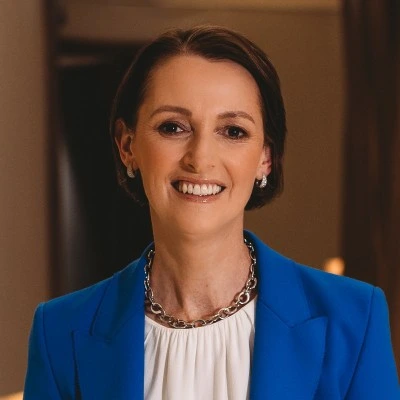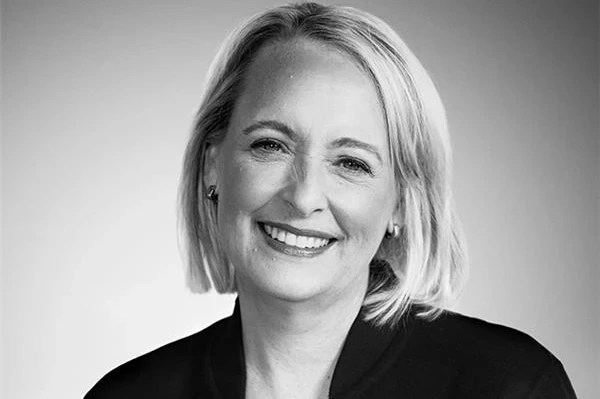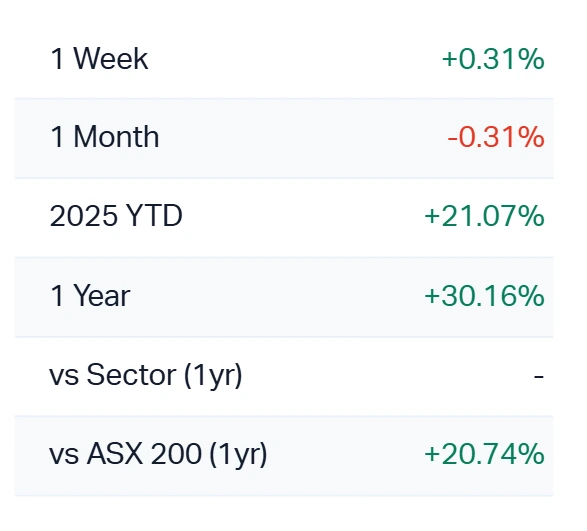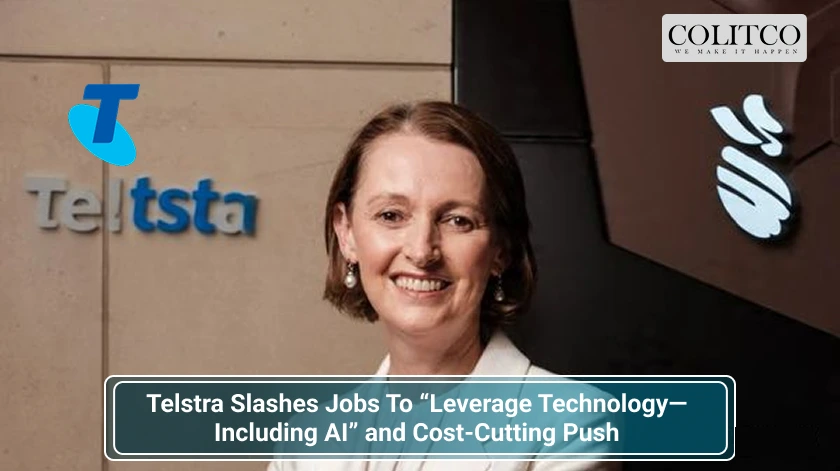Telstra’s AI Strategy Triggers Another Round of Job Cuts
Telstra has confirmed plans to slash jobs again, with hundreds of roles on the chopping block this week as the company pivots toward artificial intelligence (AI) and cost reduction. Australia’s largest telecommunications provider aims to streamline operations and lift investor returns through a fresh five-year strategy dubbed Connected Future 30.

Telstra Slashes Jobs Amid AI Expansion [Image created with AI]
This week’s job losses mark another step in a growing reliance on AI at Telstra, which currently employs about 31,000 full-time-equivalent staff globally. Sources close to the company revealed the cuts would impact multiple departments and affect roles “across the board”.
Pressure from Investors and the Rise of AI
CEO Vicki Brady unveiled the Connected Future 30 plan at an investor day in May. The strategy builds on Telstra’s previous T25 transformation program and places a heavy focus on automation, AI integration, and data centre expansion. The aim is to raise annual returns from 8 per cent to 10 per cent while delivering on “unrelenting” demand for connectivity.

Telstra CEO Vicki Brady [Source: LinkedIn]
“Our workforce will look different in 2030 as we develop new capabilities, find new ways to leverage technology – including AI – and we have to stay focused on becoming more efficient,” Brady said. “We don’t know precisely what our workforce will look like in 2030, but it will be smaller than it is today.”
Chief financial officer Michael Ackland also confirmed the company is “leaning in hard” on AI opportunities. He said Telstra currently spends over $2 billion per year on operating costs across areas such as sales, contact centres, billing, and customer management.
“We think AI will revolutionise these activities,” Ackland told investors.
Last Year’s Cuts and Joint Venture with Accenture
Last year, Telstra axed 2800 positions. Brady justified the decision by pointing to rising inflation and energy costs, stating the move would save the company up to $350 million and help maintain its competitive edge.
Earlier this year, Telstra joined forces with global consultancy Accenture, creating a $700 million joint venture focused on developing tailored AI tools. While the company did not confirm job losses at the time, it acknowledged the partnership would change workforce dynamics and promised transparency with unions and staff.
Accenture global CEO Julie Sweet and Telstra’s Vicki Brady framed the alliance as a key part of the future. As AI adoption grows, unions and industry analysts worry job losses could affect up to one in three Australian workers by 2030.

Accenture global CEO Julie Sweet [Credit: Accenture]
Government and Union Reactions
The announcement triggered immediate criticism from government and union representatives. Treasurer Jim Chalmers labelled the move “very distressing”, while the Communications Workers Union described it as a “national disgrace”.
Unions have long called out Telstra’s management for ignoring the social impact of such decisions. Industry critics also questioned how Telstra plans to maintain service quality for its 22.5 million retail mobile customers while reducing human resources.
Price Rises and Brand Challenges
Alongside the strategic shift, Telstra raised prices on many of its mobile and internet plans by $3 to $5 per month. Customers voiced frustration over paying more while experiencing potential service shortfalls due to staff reductions.
Despite recent consumer backlash, Telstra’s share price has surged. As of 9 July 2025, shares are trading at $4.855, up approximately 21.07 per cent year to date and 30.16 per cent over the past year, outperforming the ASX 200 index by 20.74 per cent.
The company’s market capitalisation currently sits at $55.27 billion, placing it 10th among 2,328 ASX-listed companies, and first in the Communication Services sector.

Stock market performance of Telstra in different time frames [Credit: Market Index]
Broker and Analyst Outlook
Broker consensus remains moderately positive. Out of 10 analysts, five rate the stock as a “Buy”, four suggest “Hold”, and only one recommends selling. Telstra reported an EPS (earnings per share) of $0.145, a DPS (dividend per share) of $0.185, and a book value per share of $1.301.
Finder’s money expert Angus Kidman backed the strategic move, stating Telstra’s use of third-party AI partnerships limits overheads. “It doesn’t want the full-blown overheads involved with setting up broad-scale delivery or internal AI development,” Kidman said.
Telstra Balances Cost Cuts with Growth Vision
As Telstra slashes jobs for the second time in just over a year, it must prove that AI can deliver operational gains without alienating customers or demoralising staff. With high investor expectations, soaring inflation, and intense market competition from Optus and TPG, the company finds itself walking a delicate line between innovation and public trust.
While Telstra bets on automation and AI to secure its future, many Australians worry about the cost in human terms. The current wave of Telstra slash jobs decisions raises difficult questions about corporate responsibility in the AI era.












